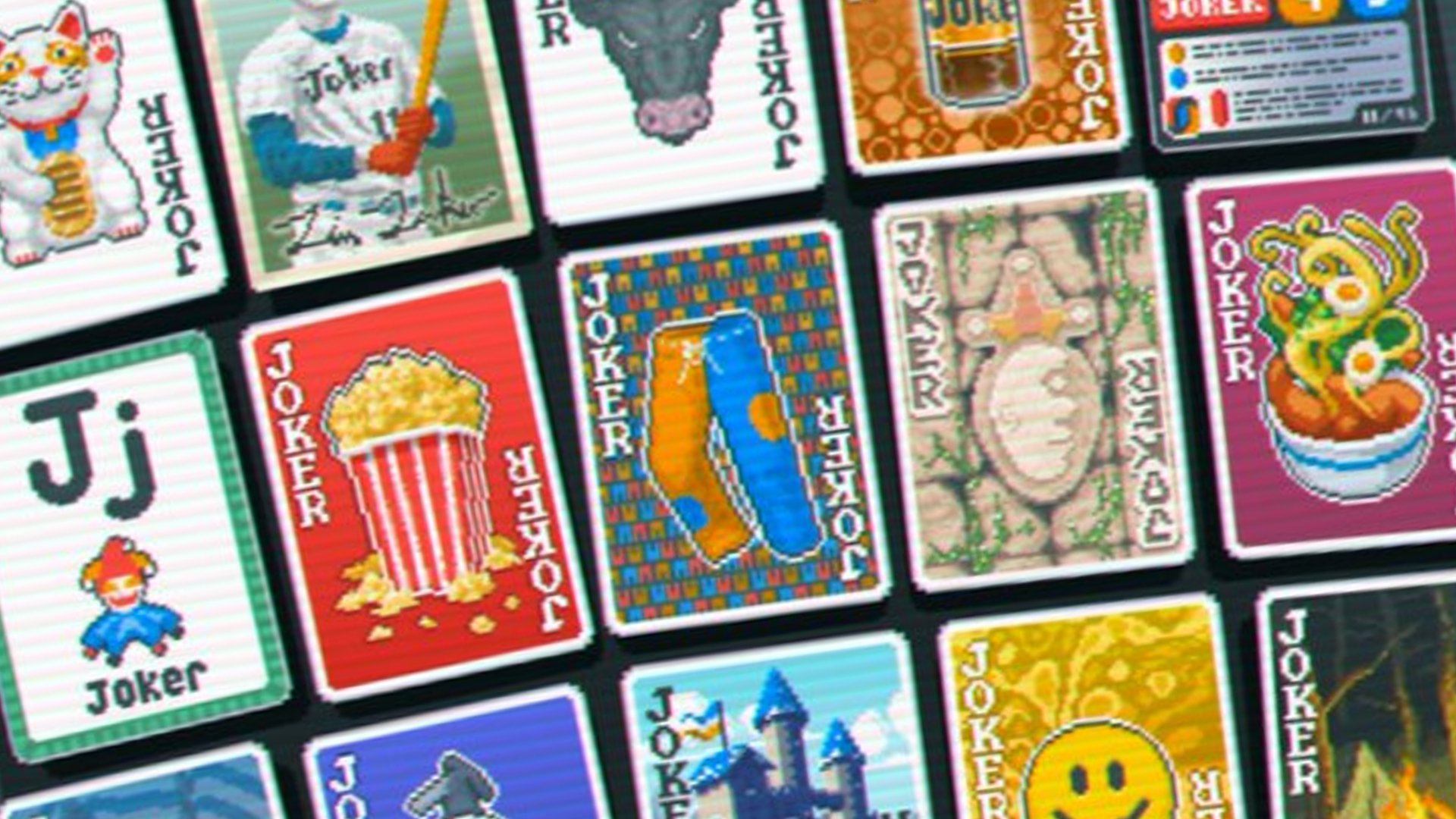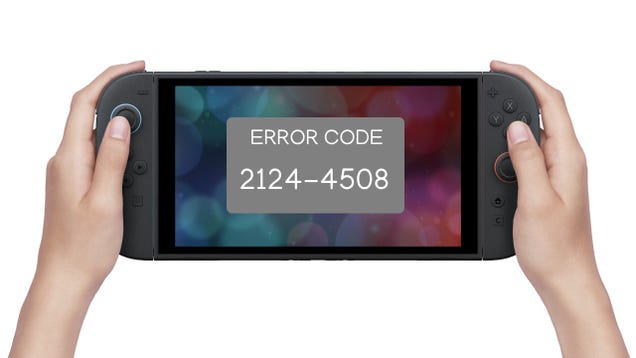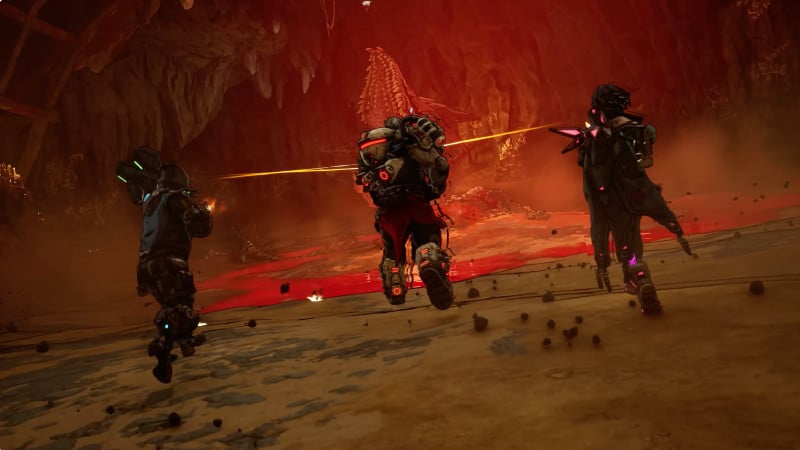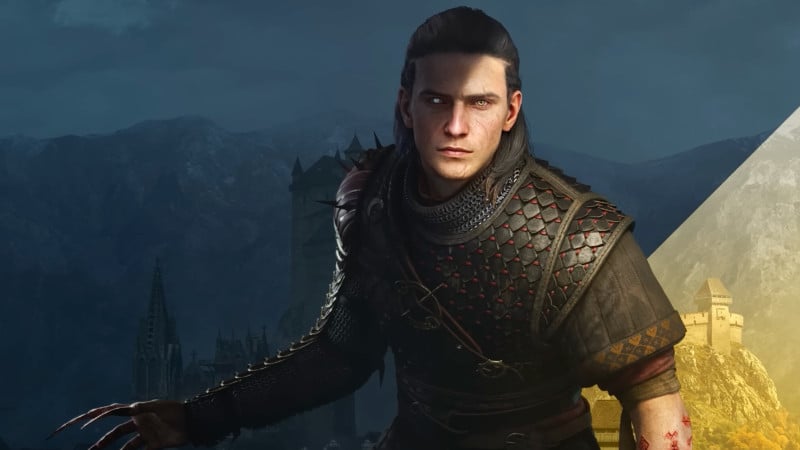
Nothing loves the history, spirit, and concept of territory-era professional wrestling like Mega Cat Studios’ WrestleQuest. Every line of dialogue and pixel of art pays effusive homage to the colorful grapplers of yesteryear that is borderline saccharine, but witty writing and some fun characters dilute all the sweetness and prevent it from becoming too much to bear. It’s also clear that WrestleQuest absolutely loves old-school, turn-based RPGs like Final Fantasy, but in the case of the slow-paced combat, plodding dungeons, and basic usability features that haven’t kept pace with recent decades of game design, I wish it loved contemporary role-playing games a bit more.
You could also call Toy Story another heavy influence for WrestleQuest in that the interweaving stories of its two main plastic protagonists, Randy Savage love-letter Muchacho Man and Bret Hart doppelganger Brink Logan, take place in the sprawling world of the Toy Box. This miniature world is a series of interconnected playsets that house action figure superstars. Each new region, be it a jungle themed board game a la Jumanji, or a playset styled after a dusty Mexican city, double as wrestling promotions, each with their own champions, politics, and cultures.
The tone is inconsistent across these locations, though. Sometimes you come to a zone simply to challenge their local champion and to make a name for yourself. Other times you’re just passing through but get caught up in a war between neighboring promotions, complete with fortified outposts and pitched gun battles… and yet it feels like everything that happens in the Toy Box has the same level of importance to everyone else in it. A corrupt businessman attempting to cheat fights is just as abhorrent as a local mob boss burning down a school, by WrestleQuest’s confusing logic. We’re pretty clearly not supposed to think about it too much.
This sort of “everything is wrestling” approach hits more than it misses.
Even so, this sort of “everything is wrestling” approach hits more than it misses. The story of the Honest Bucks tag team slowly growing apart on their quest to achieve stardom and honor their family lineage is a strong thread that runs through much of the adventure, even if it drags you through diversions that feel more like busywork than meaningful plot developments or twists. This is in contrast with Muchacho Man’s less compelling quest to be the Toy Box’s best wrestler, and slowly finding out the hard way why that’s unlikely to happen.
Sadly, the flimsy plot fails its attempt to hide the “go here, fight this” nature of WrestleQuest’s design under narrative face paint. The flaws stick out most when control switches back and forth between these two groups of heroes, often abruptly stopping the flow of one story to make incremental progress in another. The small bright spots of genuinely touching story and character play pop up consistently enough to pull through over the almost 40-hour tale, though. Among my favorites is a small side arc where a lucha libre legend is forced to choose between his family and his role as the region’s champion. It feels way more organically engaging than some other little storylines, like having to rescue a rival wrestler because they know a shortcut to your destination.
Overall, the main event of every new region – and the stories told throughout – is the gallery of colorful and often silly characters. If they aren’t obvious references to famous grapplers like the vitamin-poppin, leg-dropping Brooter, or real-life wrestling legends like Diamond Dallas Page and Sgt. Slaughter, they are collages of stereotypical wrestling personalities crossed with other sci-fi and pop-culture icons. One of my favorite rival teams you’ll come across, an evil professor called The Intellectual and his death machine/teacher’s aide Edu-bot, feel extremely silly but fit right in as a believable part of pro wrestling canon, right next to dastardly tax accountants and overbearing censorship organizations. The dozen or so that are playable all fit various archetypical wrestling forms, strongmen, high flyers, microphone mensches, etc. They also fit seamlessly into the archetypical RPG classes like healers, damage-focused “mages,” and big-bodied bruisers, among others.
The Toy Boxes are layered with wrestling Easter eggs in a way that is more than just simple decoration.
As is tradition with the 2D RPG of yesteryear, your party of misfits travels the world through towns and dungeons, some of which look pretty great visually thanks to the iron claw it has on the Saturday Morning cartoon style and dazzling use of color. The Toy Boxes’ various promotions are realized through the lens of role-playing games and a toy store in the same creative and charming way that Paper Mario is for RPGs and a craft store, except here that’s layered with wrestling Easter eggs in a way that is more than just simple decoration. Towns and dungeons cohesively meld all three of these themes brilliantly. That said, even the biggest metropolis feels like a sleepy town because there are so few interesting things to do there outside of buy the next tier of gear or healing up. You occasionally find some folks in need of help, but often these sidequests require an amount of backtracking that can feel like a hassle. Some of the rewards are worth it, though: from one, I gained the ability to summon lucha legend LA Park and his sons to bash enemies with chairs.
Dungeons have lots of obstacles, traps, and puzzles littered among them, so navigating them isn’t so mindless, but because we aren’t given a real minimap it can be frustrating to get around both. Some dungeons are so short you wonder why even put them in your way in the first place. Conversely, many outstay their welcome and feel like slogs full of every old cliche imaginable. Occasionally, you’ll need to split the party up into multiple teams, each having to navigate different parts of the dungeons, hitting switches to raise bridges or knocking down searchlights to grant safe passage for the rest of the crew. These definitely break up the monotony, but if any old-school 16-bit RPG dungeons could ever have been called “thrilling,” WrestleQuest isn’t an homage to any of them.
There’s a handful of times when WrestleQuest tries to break the mold completely with mini-games that ask you to dance at a go-go bar with DDR style rhythm mechanics, or wage war at sea with a Battleship!-style minigame. I appreciated the effort to change things up, but these were largely bungled messes for me, especially the ones with deeper systems you are expected to learn on the fly. And yet many of these distractions are mandatory to progress, but almost always served as frustrating chokepoints for me.
Dungeon battles aren’t random, most monsters sit patiently for you to wander into their sight and then attack you. The ones that patrol in small loops can usually be avoided with specific timing, but there’s no stealth button for getting past stationary ones if you don’t want to fight. You can’t flee after a battle begins, either, so you’re stuck in Suplex City until one side emerges victorious. That’s not a problem early on, when combat isn’t difficult. It does require some light tactical thinking and resource management, as abilities can get pricey when you spam them over and over again, and enemies get more and more capable of disabling the party for several turns as you progress.
I found myself sticking to my basic “moves of doom” for most of my encounters.
Around the mid game, though, it’s very easy to get caught by enemies that might out level you by a significant amount, especially if you’ve just gained a new party member – they always start at level one, no matter how strong the rest of your group are. Grinding levels is a challenge because enemies in dungeons don’t respawn, so there’s a limited amount of fighting you can do. This isn’t really a problem if you just stick with your main squad, but it does discourage experimenting with new additions unless you need to fill an empty slot.
Party members gain lots of synergy as they level up with “gimmicks” (read: spells and abilities) that play off of one another. Brink Logan, for instance, can cause enemies to be fatigued; Stag Logan has an Antler Bomb that does massive amounts of damage to fatigued enemies. They also gain tag-team and triple-team moves similar to Chrono Trigger, where different combinations of characters can stack their turns up to unleash big time attacks. There are a lot of options, and it takes a bit of time to comb through the ones that are truly effective vs those that feel either too niche or not worth the expense, and I found myself sticking to my basic “moves of doom” (like the combo I mentioned before) for most of my encounters.
What we said about AEW: Fight Forever
“Unrealized potential” feels like the story of AEW: Fight Forever as a whole. So much of it feels like a very good start, going full gear with bouncy animations, the quick pace of the action, and fun and effective character design. But almost all of its good ideas are hampered by bugs and opaque or outright useless systems. Its big single-player mode is poorly written and, though it’s a relative breeze to complete and full of branching options, it’s all out of good ways to point you to them. There’s a strong foundation to bet double or nothing on in a sequel down the road, and I think there’s still fun to be had here with like-minded friends who are content with casually beating each other up, but this is no wrestling game revolution. – Jarrett Green, June 28, 2023
Score: 6
Read the full AEW: Fight Forever review
There’s also the Hype Meter, a momentum bar shared between both allies and enemies, tugging back and forth between you via your combat actions. Gaining hype, through taunts or some attacks, gives your squad passive buffs like regenerating health or greater strength, but lose enough hype and the opposite can be true. You can fine-tune each character’s hype-making potential by adjusting their hype type, essentially giving each character an official “class” and giving hype bonuses for acting accordingly. Even minor attention to this system has big rewards, and gaining hype becomes truly effortless. Rarely was my hype ever negative for longer than a turn, even against some of the more annoying monsters that can forgo your health and attack your hype directly.
Most importantly, though, many of your attack options – be they basic strikes or gimmicks – require timing-based button inputs to maximize damage or to tack on additional effects. These aren’t very demanding, but longer battles could feel slow due to its classic turn-based style lacking the option to speed up or skip attack animations, and WrestleQuest lacks any auto-battle feature whatsoever. Early on this admittedly did cause me to zone out just long enough to miss a prompt or two occasionally, which is an unfortunate mistake to make frequently because not only do you miss your window to add more mustard to your strikes, but enemies often counter attack when you miss. But as I played on, and more jazzy fights required much more focus and precision with these button taps, I was properly trained to fully engage with it. I eventually came to really appreciate it, as I much prefer it over the alternative of simply selecting moves and passively watching attacks.
I much prefer timed minigames over simply selecting moves and passively watching attacks.
You can separate the kinds of battles you’ll partake in into three types. The first are low-level monsters that can be beat up handily, with enemy mixes that are interesting the first few times but become pretty rote quickly, and sometimes feature enemies that you have to knock down and pin instead of just reducing their health to zero. This feature makes more sense in other, more important fights, but is annoying when monster groups that exist just to make your path to the objective more treacherous get that last-ditch bother in.
The second are boss battles, usually consisting of parties of other wrestlers that you’ll need to pin, big monsters with special features and mechanics, or scenarios that have their own sets of rules or objectives outside of just beating up opponents, like tag matches that reduce the action to one party member at a time. These felt like the true sweet spot of combat challenge, asking you to dig a little deeper into your bag of tricks by hitting your party relentlessly.
The third are similar to boss battles, but they’re usually one-on-one bouts between one of your protagonists and a big, bad, high-ranking member of the local region’s promotional hierarchy. These matches sometimes give you opportunities to make custom entrances for yourself, adding music, camera effects, and pyro that you’ll need to sync your poses to via quicktime events successfully to gain hype bonuses during the following brawl. You learn about this interesting feature rather early on, but will play for hours before you use it with any regularity.
Boss fights often feature special objectives, called Dramatic Moments here, that ask you to play differently for additional rewards. These are usually counterintuitive, often asking you to lose hype or let enemies kick out of pins in order to heighten the back and forth, but well-optimized teams are going to have a problem with this. I usually skipped them, as the rewards never seemed all that appealing and you regularly don’t even know what they are or what they do, but certain boss battles make these side objectives mandatory and they’re usually the worst fights in all of WrestleQuest.
There’s a bunch of other smaller annoyances, too. The minimap isn’t a map, it’s just a set of markers floating in a void, like Bray Wyatt’s lantern in the darkness. They show you where an objective is, but not how to get to it, and it can get you lost just as often as it points the way. There’s also a surprising amount of information not readily available in places where you’d need it to make important decisions. If you want to know a monster’s remaining HP before you attack it, if they’re strong or weak to certain attack elements, or what constitutes a physical attack or not, you might as well have been blinded by Muta’s mist.






